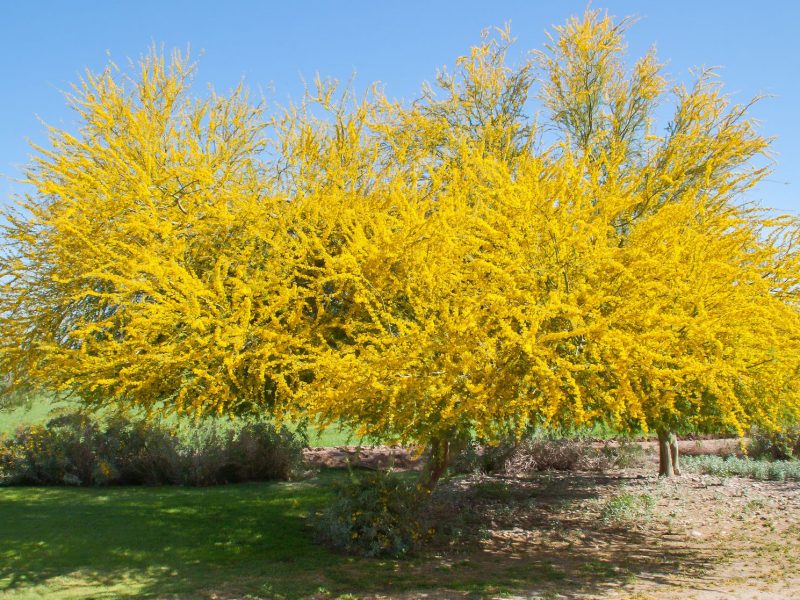desert museum palo verde tree root system
Allow the tree to get plenty of water periodically. Vast numbers of lemon-yellow flowers are produced each spring for a dramatic display.
Scientific Parkinsonia Florida Formerly Cercidium Floridum Common Blue Palo Verde Palo Verde Is Spanish For Green Stick Or Log Family Fabaceae Leguminosae Origin Arizona Native Lower Sonoran Desert Subdivision Dry Wash Riparian Tree
Locate away from swimming pools due to flower litter in the spring.

. This tree has a deep root system which allows it to tap into the ground water and survive periods of extended drought and withstand severe flash floods which occur often in desert washes. In contrast to other types of palo verde this cultivar has thornless chartreuse-green stems and branches. Install emitters about one and a half feet from the trunk.
We grow this tree on its own roots not grafted onto another species so that there will be no rootstock suckering problems. However Desert Museum is a three-way Parkinsonia cross and the root system seems more like the retamas root system. Because of their more massive thorns and branching tendency to point downwards palo brea trees arent recommended in areas close to foot traffic.
Thats true even of mesquite which is famous for putting roots down hundreds of. Desert Museum palo verde has sparse foliage and may cast too little. It has inherited small.
Many trees that are known to be drought resistant will get into pipes and irrigation systems. Choose a full sun area. Adult beetles die soon after mating making their life span about one month.
Adults fly about to find mates. Florida both formerly in the genus Cercidium Desert Museum palo verde combines the best features of all three of these desert species and most. Native to the Sonoran Desert the palo verde tree is Arizonas official state tree.
It was hybridized at the Arizona Sonora Desert Museum in Tucson and is a genetic cross between Parkinsonia microphylla Parkinsonia florida and Parkinsonia aculeata. The Desert Museum palo verde does not have the thorns found on the other palo verde tree varieties. Blue palo verde Parkinsonia Florida and foothill palo verde P.
Dig the planting hole to the depth of the root ball but make it twice as wide. Prune the tree in the summer. Use this tree to cast light shade on patios and porches.
Plant in mid-to-late summer to give the tree time to grow a good root system before winter. Size The larvae or grub can reach 5 inches in length. These trees are deciduous fast growing and largely trouble-free.
The striking green bark and wispy. Aculeata and two other Sonoran Desert species P. Desert Museum has inherited from Parkinsonia aculeata very rapid growth up to 27 meters nine feet per year sturdy upright growth habit and large bright flowers borne over a long season.
Bury the root ball in a hole twice as wide and keep the top level with the ground. Many of the other seedling-grown palo verde species can be long and lanky spiny particularly messy but amazingly drought-resistant. Introduced in 1987 by the Arizona Sonora Desert Museum in Tucson this tree is reputedly a natural hybrid involving P.
Deep roots are key to the stability of a tree and also decreases the chance of uplifting roots. Fast grower to 25 ft. Over-watering can result in weak branches.
Desert museum palo verde tree root system. Average Size at Maturity. By on December 2 2020.
5 Strategies for Structurally Healthy Desert Museum Palo Verdes. Place the removed soil on a. Water deeply to a depth of 3 feet.
Planting Day The size of the root ball or nursery pot provides the guideline for planting depth. The roots may also stay within the richer soil area failing to establish well. Under-watering causes the tree to lose its flowers.
During its first growing season water regularly to help establish a healthy and robust root system. The home of the grubs is tree roots. Many of the other seedling-grown palo verde species can be long and lanky spiny particularly messy but amazingly drought-resistant.
Research on a number of desert trees revealed that almost all of their roots are within three feet of the surface. During its first growing season water regularly to help establish a healthy and robust root system. The female may nest in the area where she emerged from her larval stage.
To water deep soak around the root ball. Palo verde is a relatively small tree that reaches a height of approximately 32 feet and a trunk diameter of 15 - 2 feet. If I were in your shoes I would plant palo verde Cercidium x Desert Museum Ask your nursery to order them from Monrovia Nursery.
Museum Palo Verde thrive in the dry desert conditions in the southwest. It is hardy to about fifteen degrees Fahrenheit or lower produces. We will cure these trees for three weeks before delivering to our customers and expect them to transplant well.
Palo Verde Desert Museum is a medium-sized deciduous tree that makes a beautiful addition to any landscape but which will look especially at home in a more xeric-style garden. Two species share this title. It blooms longer too even attracting pollinators into fall.
KELLY PRESNELL ARIZONA DAILY STAR A desert willow will. Apply water toward the outer reaches. Click to see full answer.
In nature a paloverde tree may have three long roots with very few fibrous roots. A recently released complex hybrid palo verde is described which exhibits the best phenotypic traits of the three species in its parentage. The Desert Museum palo verde tree is a drought-tolerant tree so be careful not to over-water.
Blue Palo Verde 30 ft x 30 ft. Dont overwater a Desert Museum palo verde or its root system may not be develop properly. Backfill and tamp down with the soil youve dug.
This hybrid produces all of the excellent traits of the other palo verde trees. Desert Museum grows to about 30 feet high and wide up to eight feet a year during the first couple of years. This tree has a deep root system which allows it to tap into the ground water and survive periods of extended drought and withstand severe flash floods.
Life Span The grubs can live in the tree roots for 3-4 years. The Desert Museum palo verde is a fast-growing deciduous tree of medium size that develops an upright canopy habit 20-30 ft. Palo verde trees depend on a deep root system to survive through droughts.
Prune the tree in the summer. It especially needs water when it is young to establish a strong root system. Aculeata and two other Sonoran Desert species P.
Desert Museum is a thornless cultivar of the native retama. Desert Museum equals their. Desert Museum Palo Verde 30 ft high x 40 ft wide.
Museum Palo Verde thrive in the dry desert conditions in the southwest. Once established they need little or no water.

Great Design Plant Desert Museum Palo Verde Offers A Colorful Canopy

Desert Museum Palo Verde Horticulture Unlimited

Paloverde Desert Museum Trees247

Palo Verde Tree Information How To Plant Palo Verde Trees

Great Design Plant Desert Museum Palo Verde Offers A Colorful Canopy
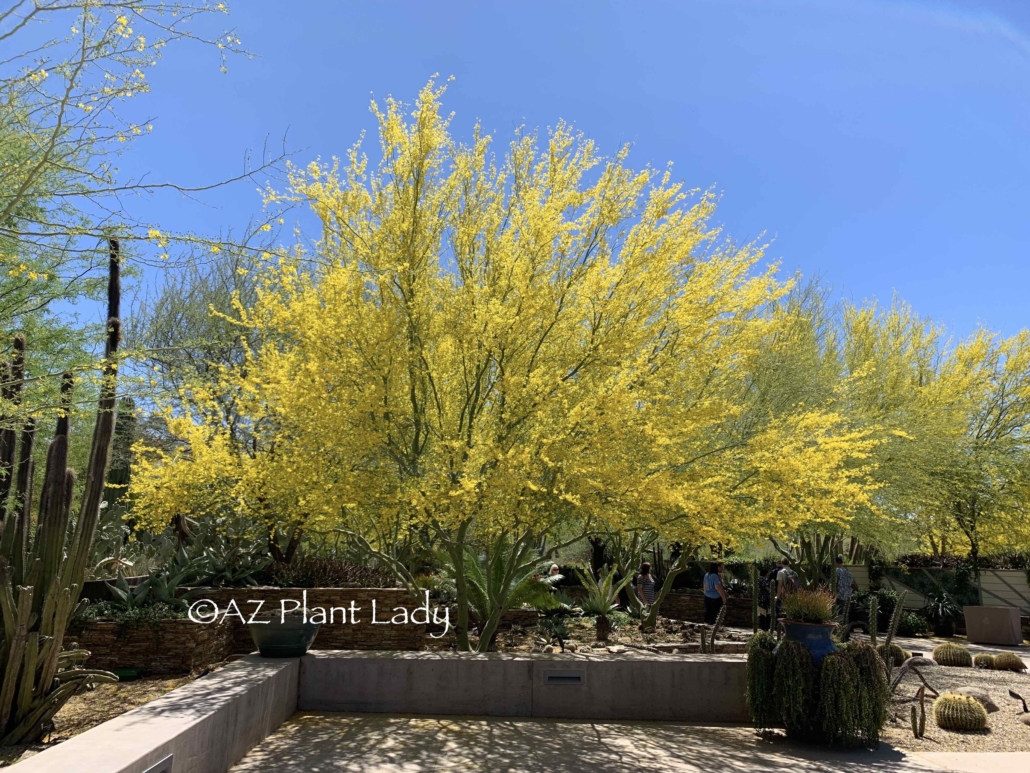
Avoiding Storm Damage Desert Museum Palo Verde Trees Desert Gardening 101 Avoid Storm Damage Desert Museum Palo Verde Azplantlady Com

Great Design Plant Desert Museum Palo Verde Offers A Colorful Canopy
Scientific Parkinsonia Florida Formerly Cercidium Floridum Common Blue Palo Verde Palo Verde Is Spanish For Green Stick Or Log Family Fabaceae Leguminosae Origin Arizona Native Lower Sonoran Desert Subdivision Dry Wash Riparian Tree
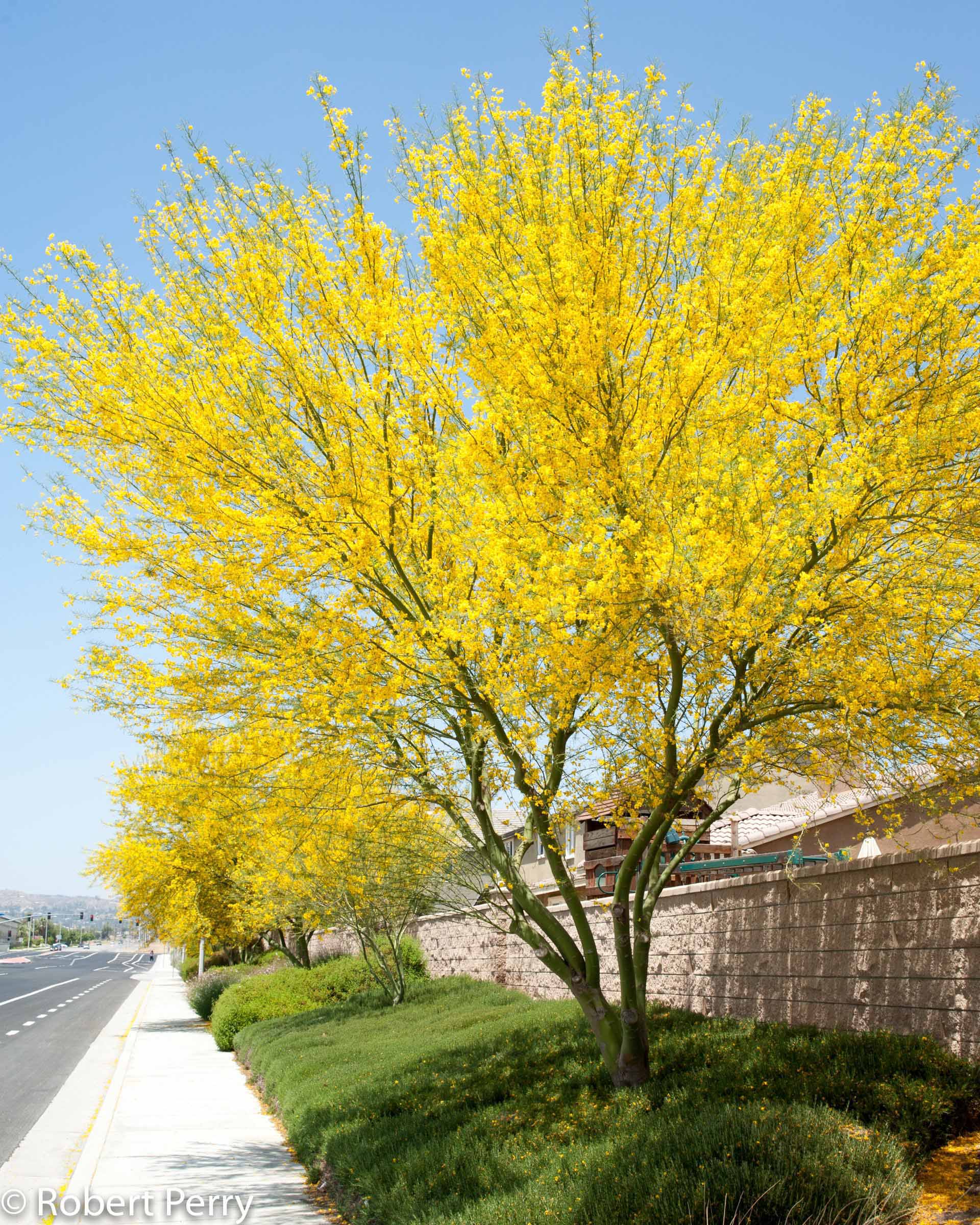
Desert Museum Palo Verde Inland Valley Garden Planner
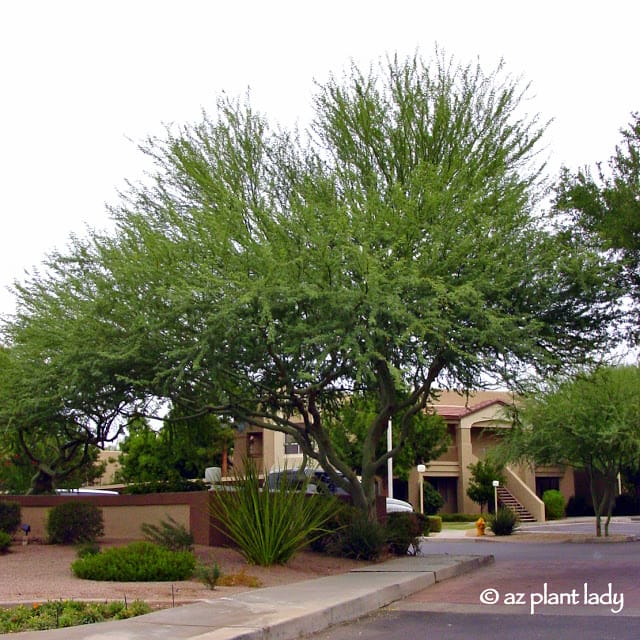
Learn About The Desert S Iconic Tree The Palo Verde
Cercidium Hybrid Desert Museum Arid Zone Trees

Great Design Plant Desert Museum Palo Verde Offers A Colorful Canopy
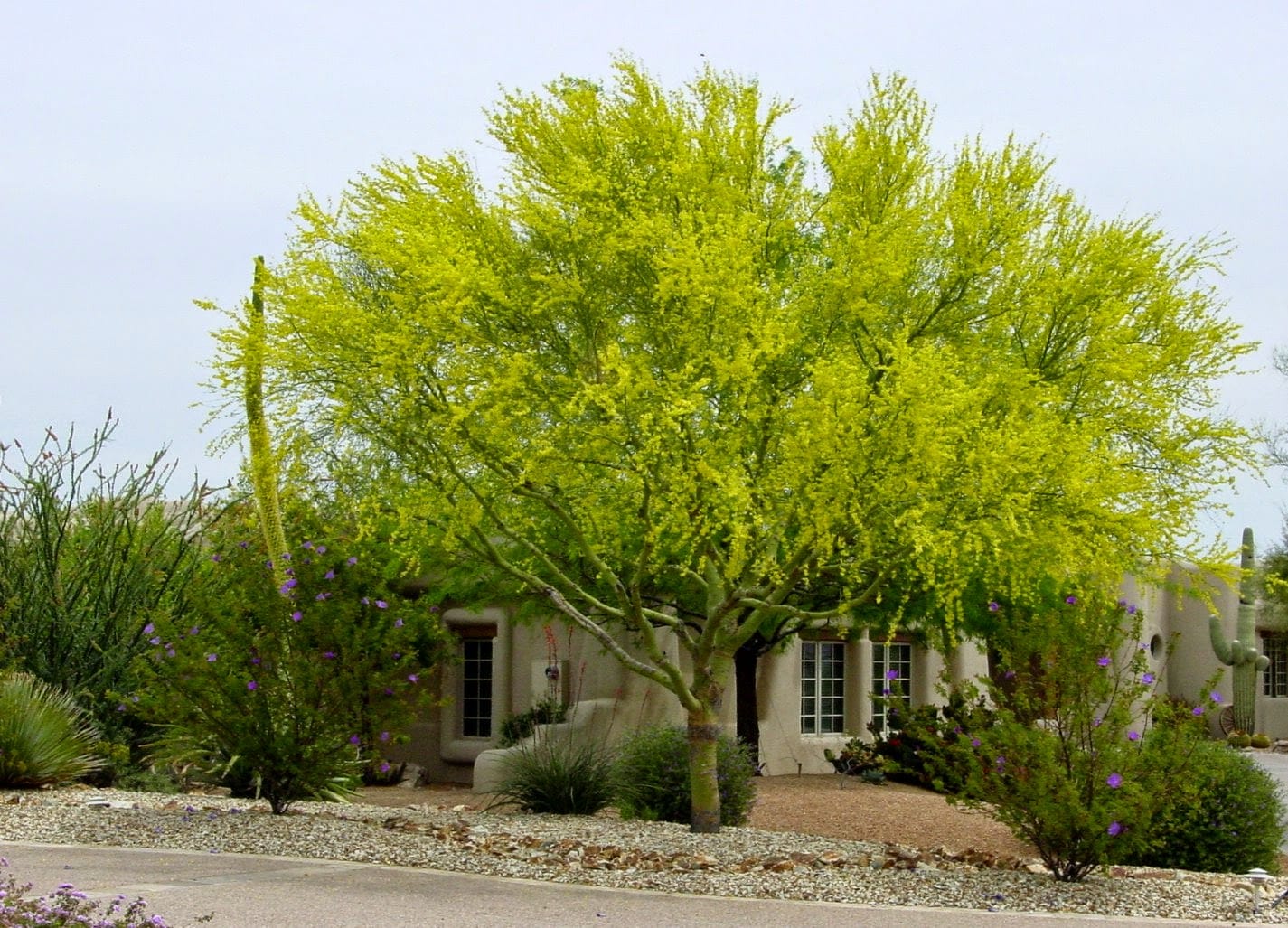
Learn About The Desert S Iconic Tree The Palo Verde
Palo Verde Tree Called Desert Museum Puts On Show All Summer Long L A At Home Los Angeles Times
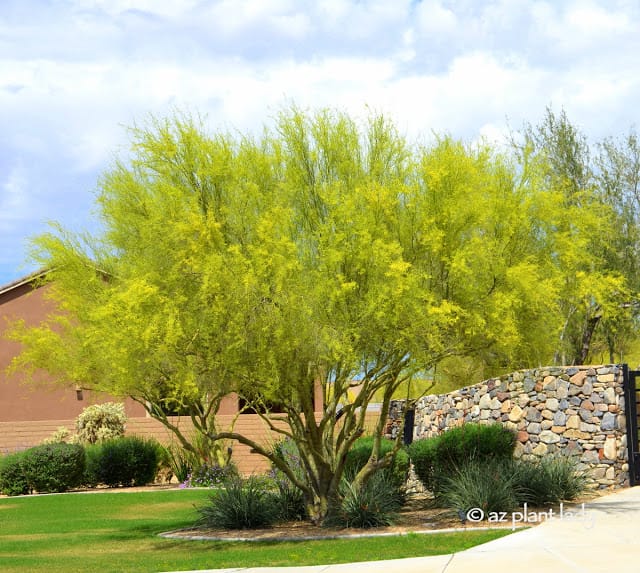
Learn About The Desert S Iconic Tree The Palo Verde

Desert Museum Palo Verde Is A Must Have Cercidium Desert Museum Youtube
